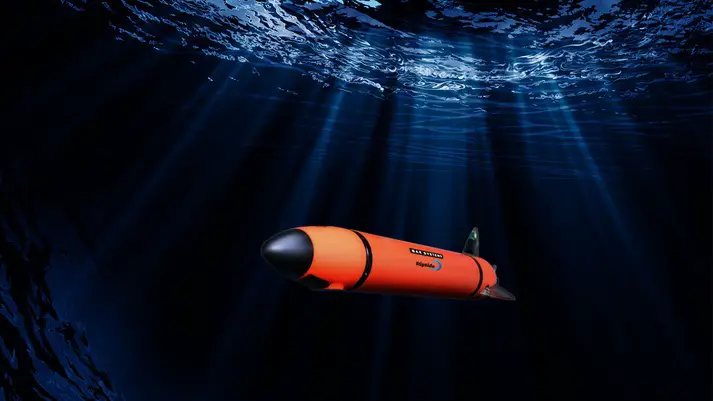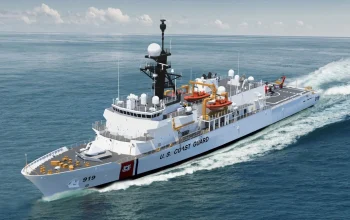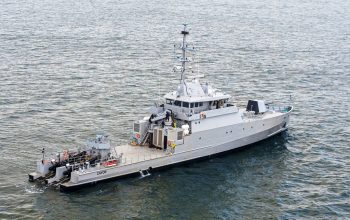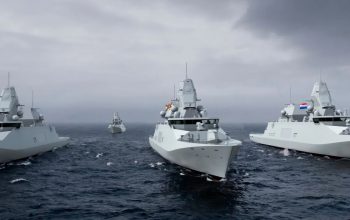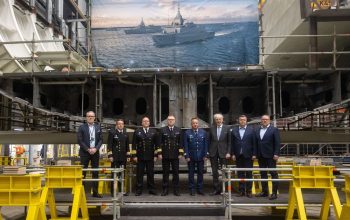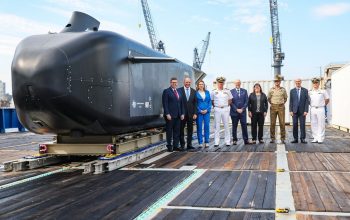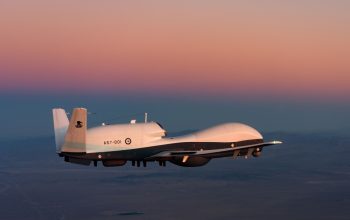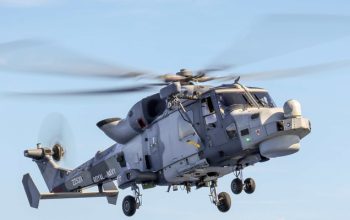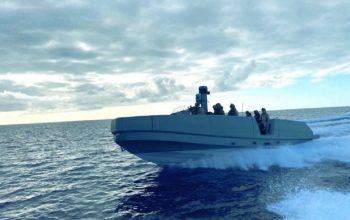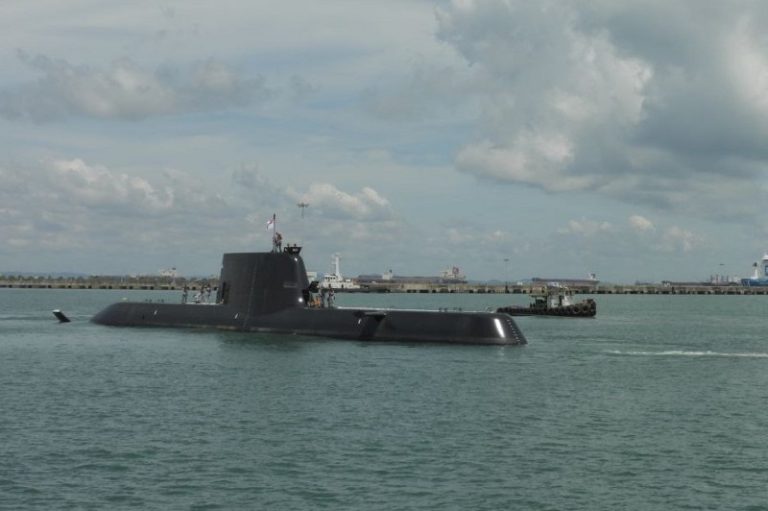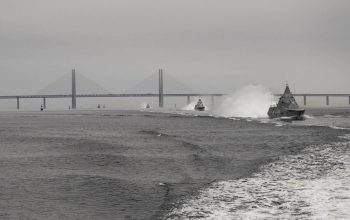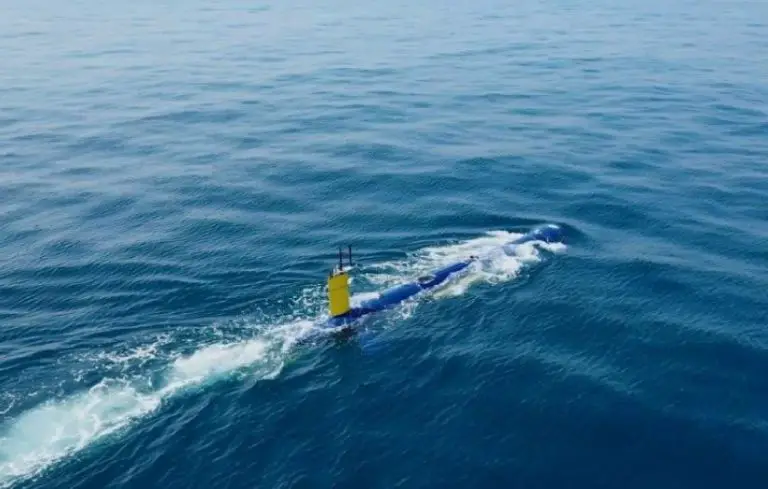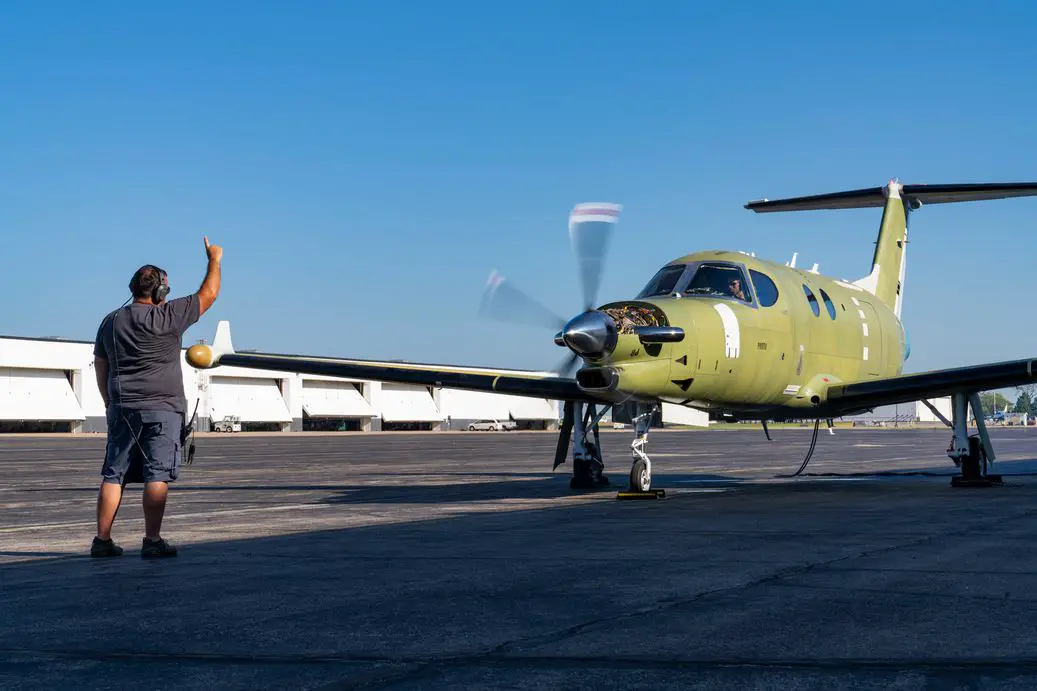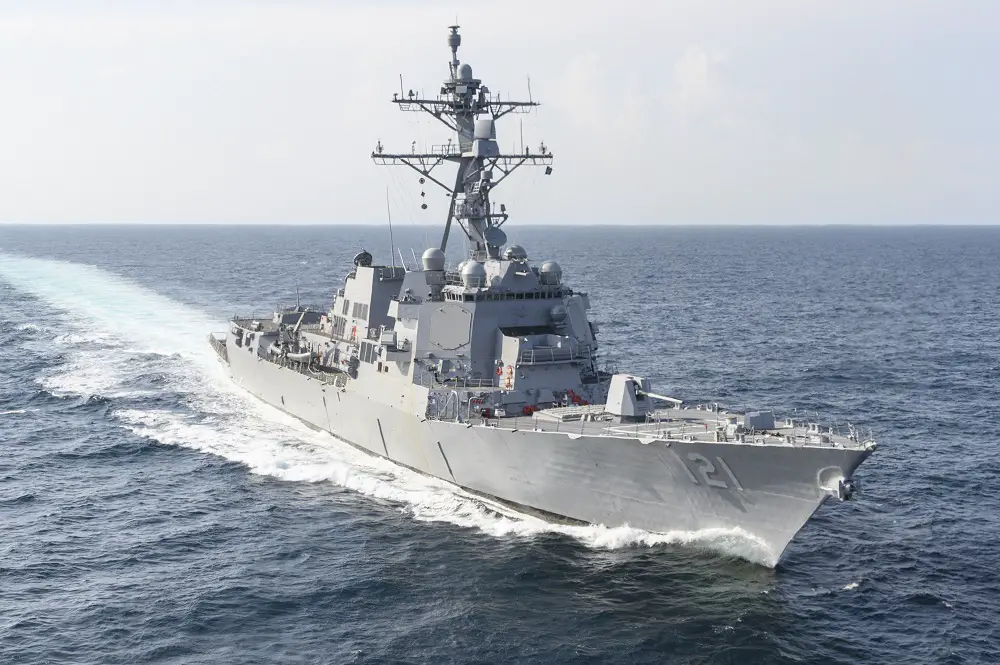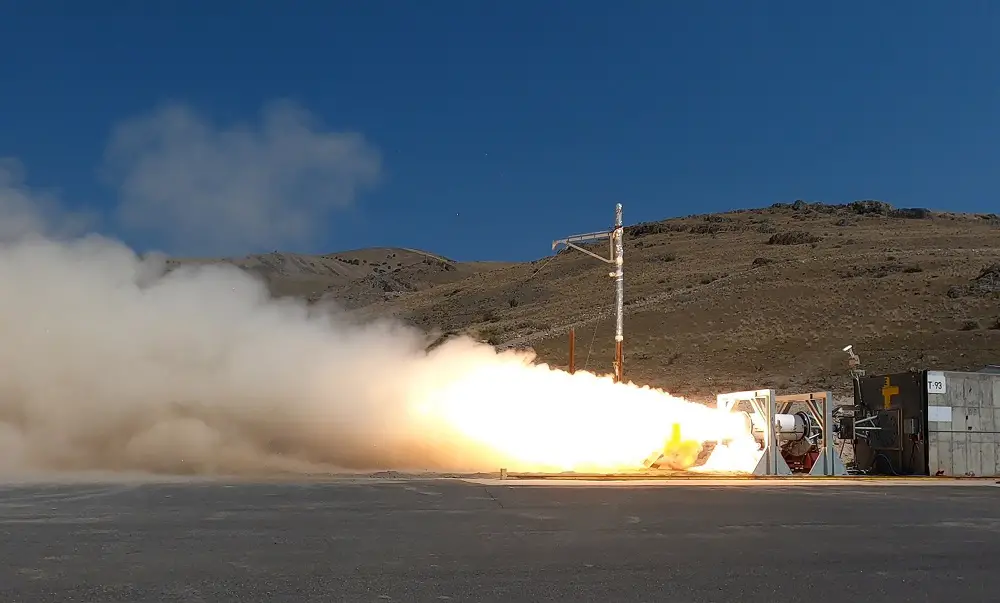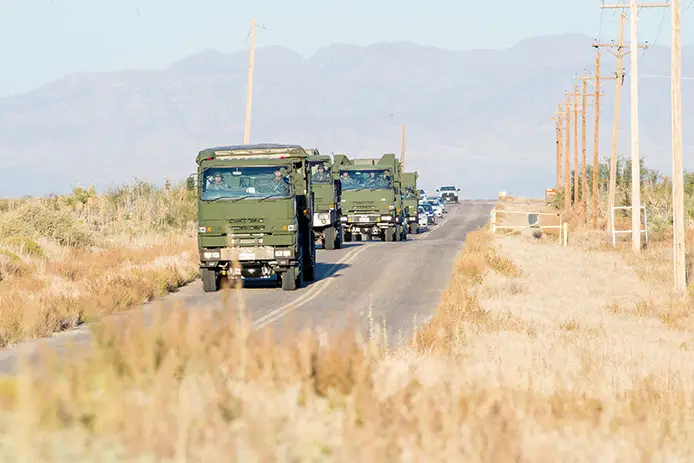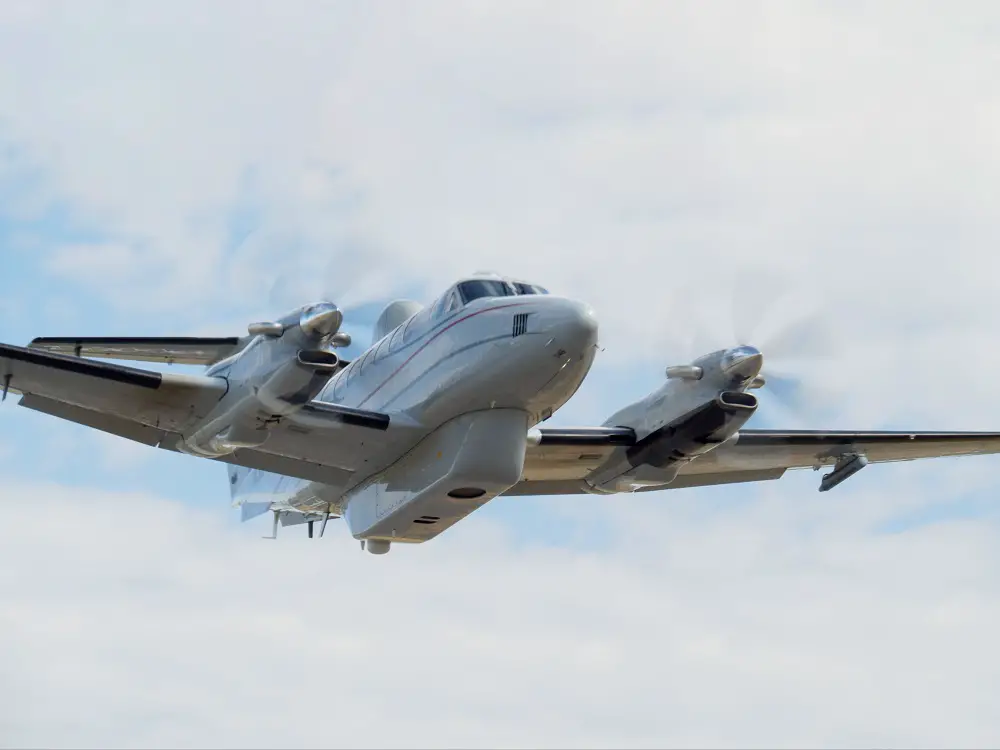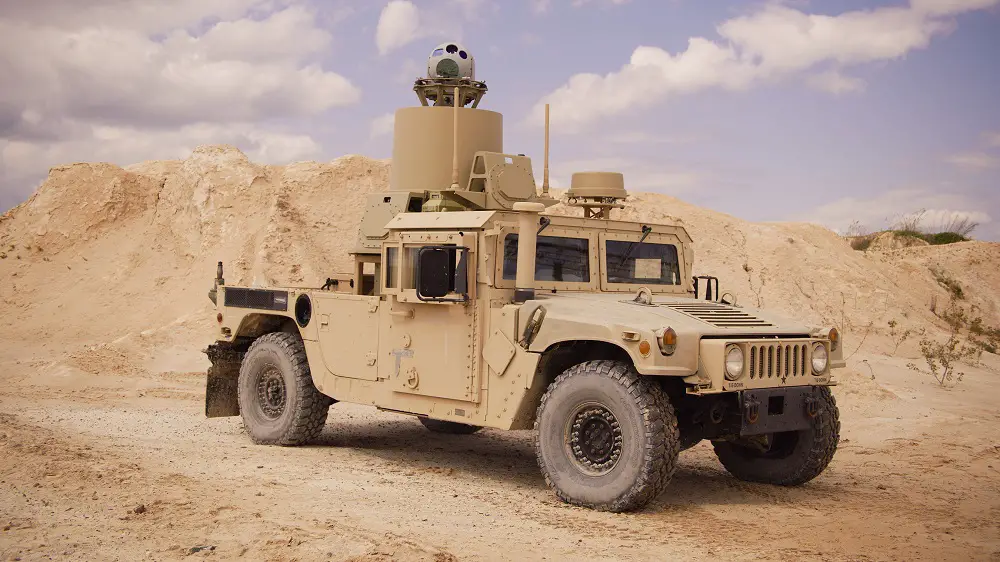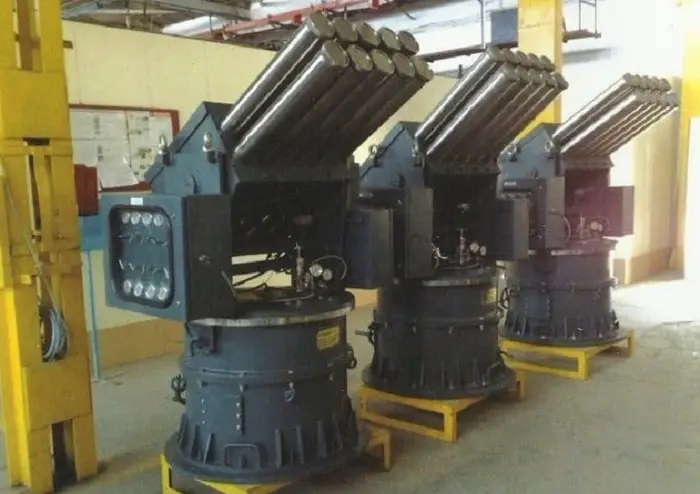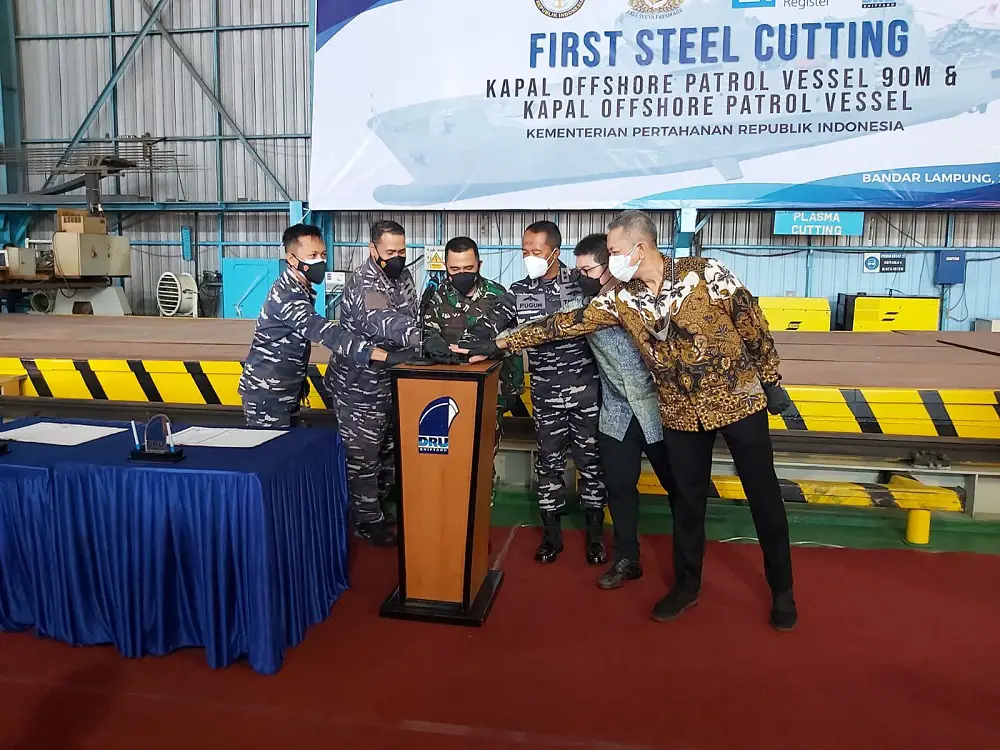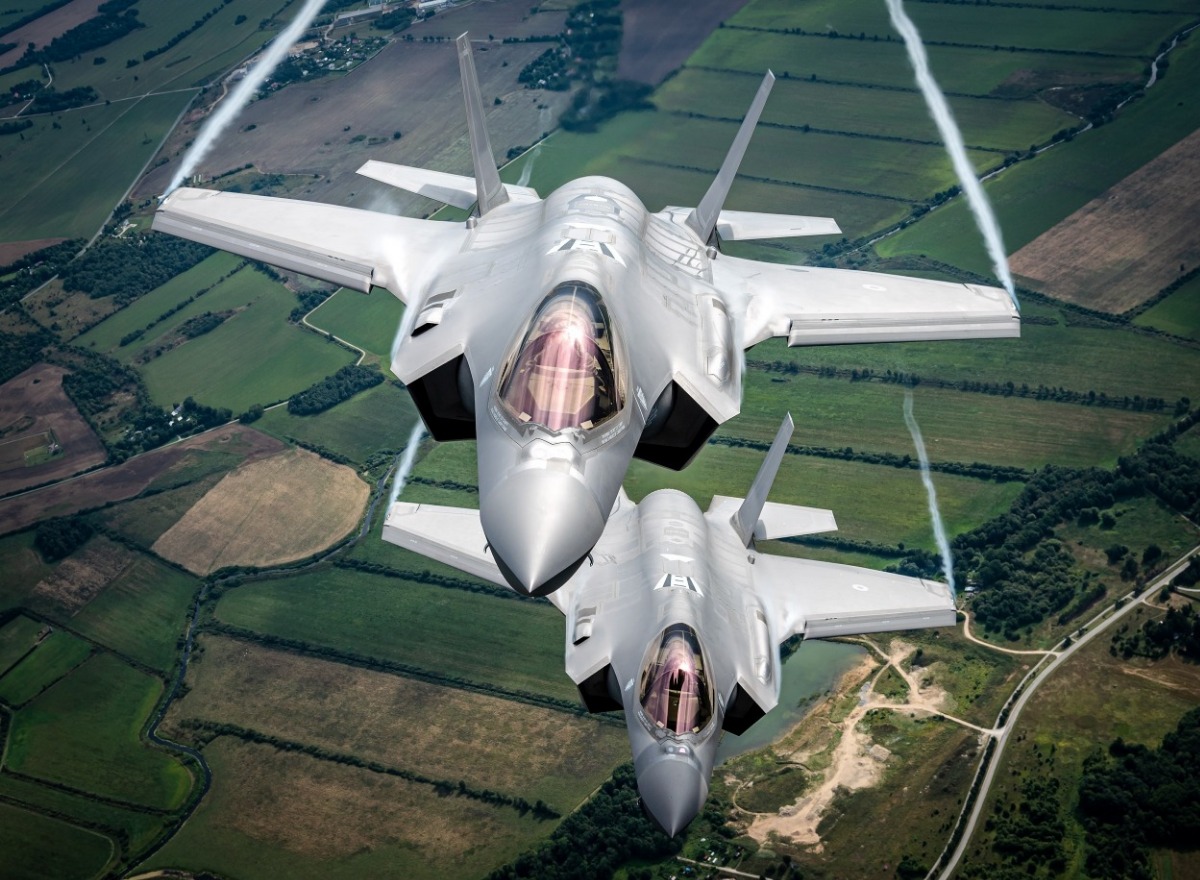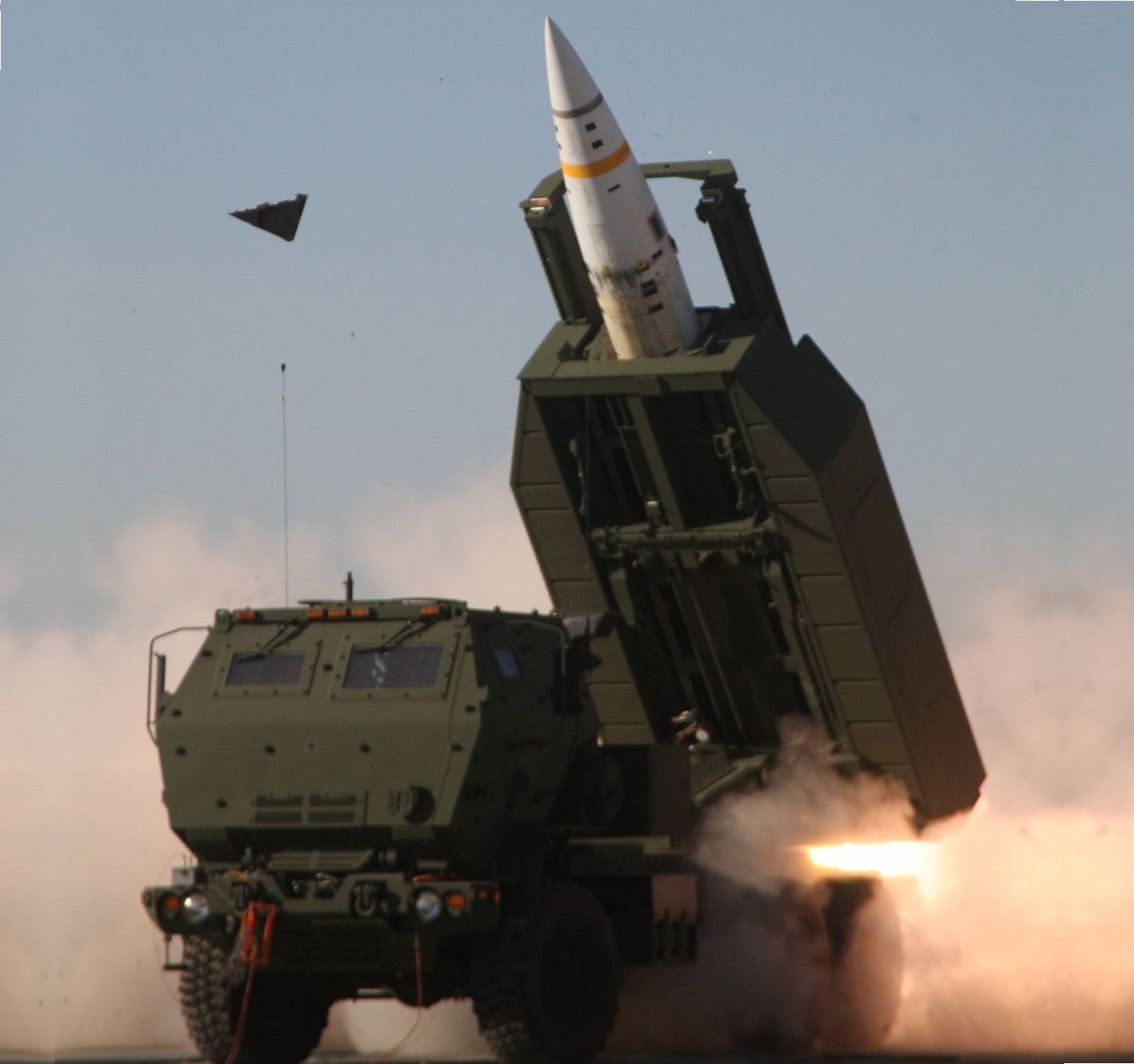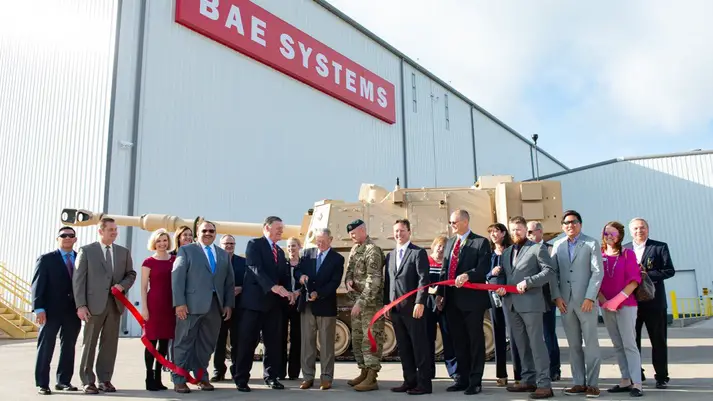One year ago, the FAST Labsâ„¢ research and development arm of BAE Systems announced the acquisition of Riptide Autonomous Solutions. As stated at the time, the goal of the acquisition was to pair Riptide’s disruptive unmanned underwater vehicles (UUV) with our industry-leading mission system capabilities such as autonomy, navigation, communications, sensor processing, electronic warfare, and more. A year in and we are already seeing the successful integration of the Riptide technology making waves across the industry.
The Riptide family of UUVs includes three offerings: the 4.875″ diameter (25 lbs.) micro, the 7.5″ diameter (65 to 120 lbs.) 1MP (man-portable) unit and the 9″ (9.375″) diameter (120 to 240 lbs.) 2MP. These man-portable small unmanned vehicles are sophisticated yet simple, efficient, and highly flexible platforms that offer performance discriminators including being able to perform at greater depth, at longer range, with more endurance, and at greater speed.
“As joint all-domain operations become the Department of Defense’s (DoD) operational norm, there is increased need for undersea platforms capable of integrating key payload and autonomy technology,” said Dr. John Hogan, director of the Sensor Processing and Exploitation group at BAE Systems. “In the time since the acquisition was announced, we have made tremendous technology and integration progress that positions us to serve our DoD customer base as well as commercial, research and development, and educational organizations to affordably and expertly explore under the sea.”
Setting a course. Year-one of Riptide has been focused on integration and infrastructure milestones including the following:
New manufacturing facility – a multi-million dollar state-of-the-art prototype and production site in Plymouth, Massachusetts, that greatly increases capacity for both vehicle development and personnel focused on the Riptide product line.
Commercial pricing model – established to streamline vehicle acquisition by employing standard, mission-focused system configurations that satisfy our broad customer base while continually enhancing vehicle quality, reliability and repeatability.
System demonstrations – within just a few months of the acquisition, the team demonstrated an integrated solution at the Advanced Naval Technology Exercise, or ANTX 2019. The demonstration paired our advanced autonomy and radio frequency technology with the recently acquired platform, showcasing the ease of integration and the ability to transition previously used air-domain technology into an undersea application. BAE Systems’ modular open systems architecture has the proven ability to rapidly integrate and field new solutions across a wide array of missions.
Product advancement – the new facility and additional internal investments led to a number of product milestones including the maturing of early prototypes into production-ready systems.
Micro UUV – enhanced with new feature functionality.
1MP UUV – prototype completed.
2MP UUV – next generation design and prototype completed.
Additionally, we have developed the first prototype of our 6000 meter rated UUV. This depth in a small UUV will allow unparalleled flexibility and cost efficiency by taking on missions unprecedented for the small class of UUVs, reducing the barriers to access the deep ocean.
Deeper, farther, faster, smarter. As development and integration continues to evolve the product offerings, we remain committed to the goal of providing mission-agnostic, modular UUV designs that can be easily modified for various development needs. Our Riptide family of autonomous undersea vehicles brings a sustainable and scalable solution for developers of autonomy and behaviors, power systems, subsea sensors, and new payloads. Among the many commercial and military-based uses for our UUVs and sensor packages are seabed surveillance, harbor protection, intelligence collection, infrastructure surveillance, oil and gas survey, and mine countermeasures.


